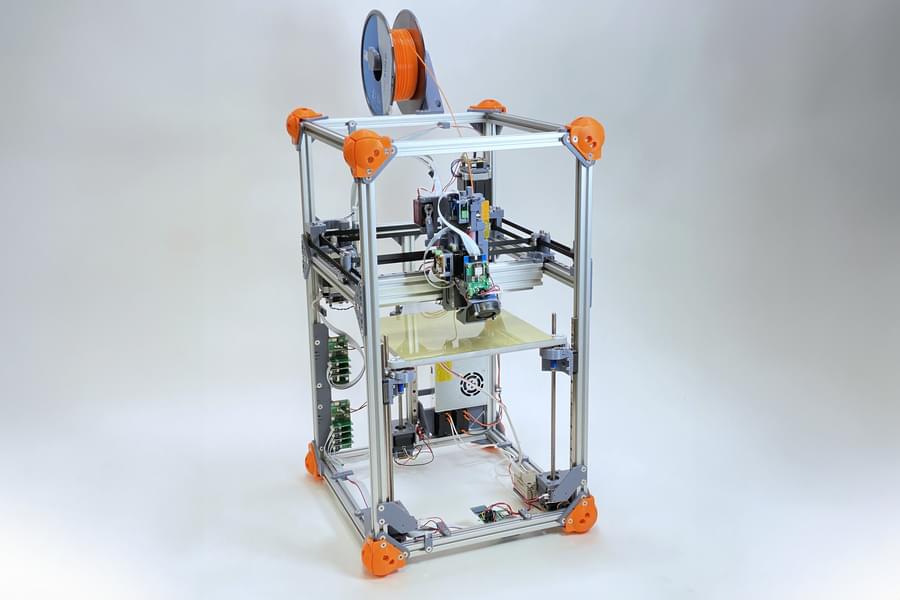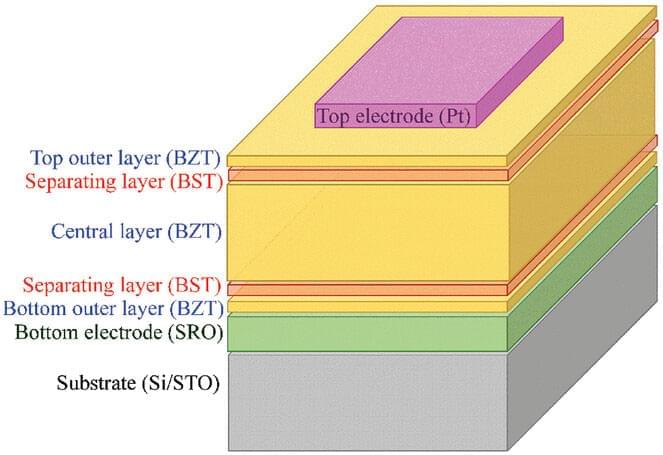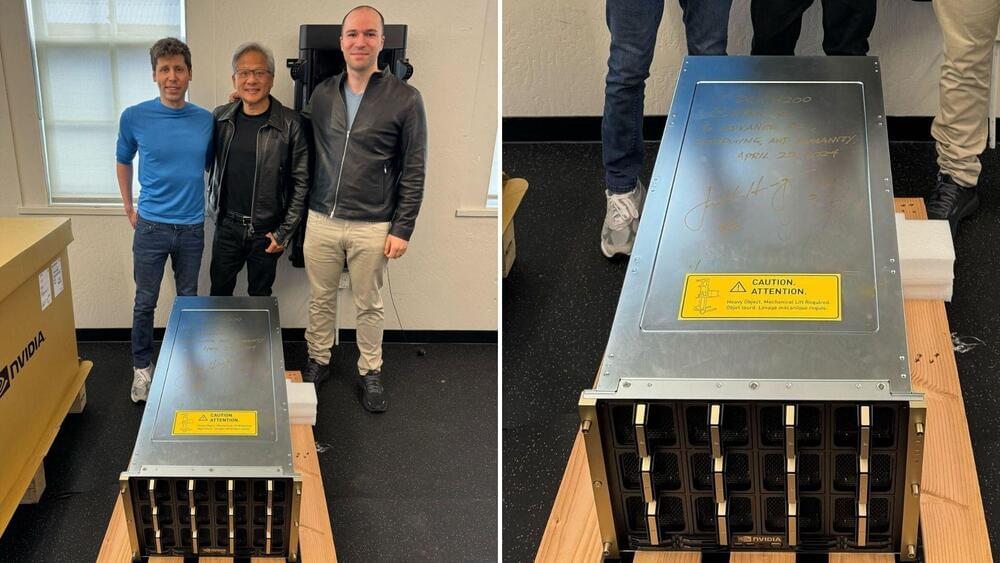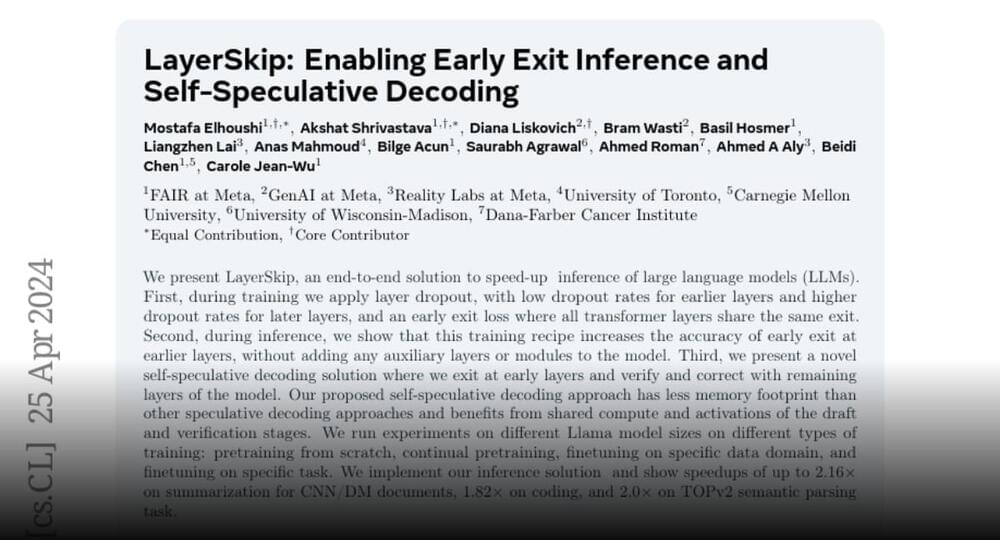Eyeball-scanning orbs are, apparently, not a dime a dozen — and now, a Sam Altman-backed crypto startup is running out of them.
As Semafor reports, the Altman-backed Worldcoin crypto startup, which uses bespoke metallic orbs to scan one’s iris and verify their identity, is running low on the spherical devices after giving out somewhere between 300 and 500 of them.
This news, as the site notes, has been confirmed by Alex Blania, the CEO of the Tools for Humanity startup that acts as Worldcoin’s parent firm.









